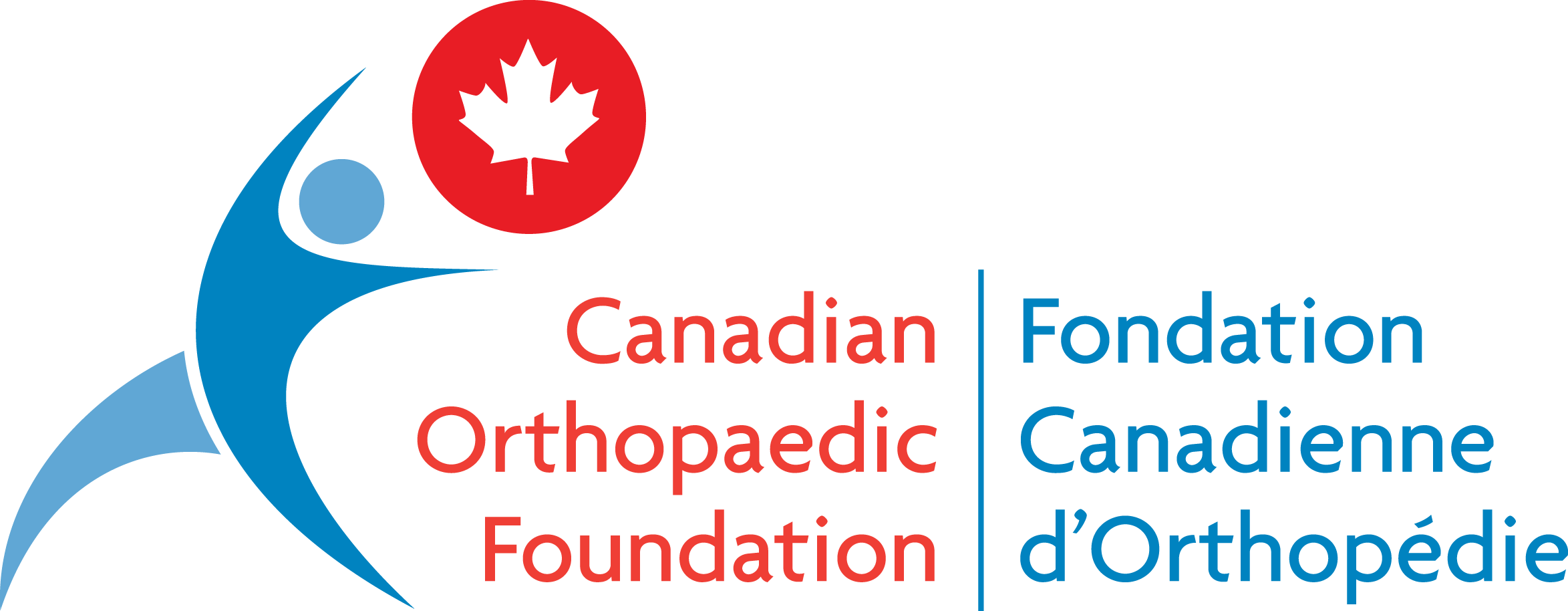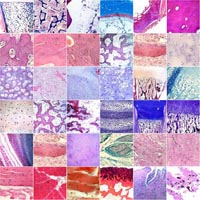COA Basic Science Course Scholarship
 You have reached the submission page for the COA Basic Science Course Scholarship, created in collaboration with the Canadian Orthopaedic Foundation. On this page you will find detailed and specific instructions on what clinical case study information is required for the scholarship as well as the link to the submission form.
You have reached the submission page for the COA Basic Science Course Scholarship, created in collaboration with the Canadian Orthopaedic Foundation. On this page you will find detailed and specific instructions on what clinical case study information is required for the scholarship as well as the link to the submission form.
Only one submission per Orthopaedic Residency Training Program will be accepted. Interested orthopaedic residents, please request Program Director approval before completing the submission form.
Criteria for eligibility
- Orthopaedic Residency Training Programs applying for this scholarship must participate in the COA Basic Science Course (must have residents attending the current two-year course).
- Residents involved in supporting the Residency Training Program applying for the Scholarship must be enrolled in the current 2-year COA Basic Science Course.
- Program Director approval is required for any residents applying for this scholarship.
Submission form for the COA Basic Science Course Scholarship
The submission form is now available. Please review the instructions below so you may assemble your case study in preparation for submission.
Application submission deadline: December 1, 2024
Instructions on preparing a clinical case for consideration
The process of submitting a case for consideration should be analogous to preparing a case for presentation at Grand Rounds. Select a case in which you were intimately involved in the solving the problems involved in diagnosis, and management; one which you would like to share what you learned with your colleagues. Consult the other members of your clinical team, the staff orthopaedists, the radiologists and pathologists, for their expert input and help in what you will be submitting. Your discussion of the case should fully explain the pathophysiology of the condition, linking the clinical data to structure, both gross anatomic (as exemplified by radiologic and other imaging modalities), and microscopic (as shown on the photomicrograph). Some conditions involve genetic and cell biologic factors that add a 4th dimension in terms of causation, as they provide data at a subcellular level that can absolutely explain the abnormalities of structure that are demonstrated.
Application contents of clinical case study
PRIVACY WARNING: All submitted data must be devoid of any information which could possibly lead to patient identification.
Title (text): Your clinical case study will require a title. This may contain a combination of the location, age, and gender of the subject.
Category (multiple choice, select any that apply): Your clinical case may involve either difficult diagnosis or treatment, or is a classic example of a specific disorder in the categories of disease, including the skeletal dysplasias. Cases that demonstrate the role of osteogenic markers, cytokines, growth or genetic factors in the pathophysiology of the condition are of particular interest. Please select any and all elements of your case study that apply.
- Classic case: Difficult radiographic, and/or difficult pathological diagnosis;
- Treatment issues: Multiple basic science considerations (including biomechanics);
- Biology: Role of cell biologic factors as they relate to the pathophysiology of the case.
Statement (text): Please explain what about this particular case makes it worthy of presentation.
Clinical Data (text): Please provide succinct and telegraphic information for each of the items below. Explain the elements which illustrate the teaching points in your discussion of the case.
- History — relevant details that allow understanding of the patient’s complaint;
- Physical Exam — concise summary of the relevant positive and negative physical findings;
- Laboratory — please provide relevant lab data — hematology, biochemistry, cultures, other.
Imaging Data (images and text): For each image provide a brief description. Again, clarify the relevant teaching points. Ask specific questions leading to consideration of a provisional diagnosis. Provide answers to your questions. Areas covered include 1) investigations — radiographs, relevant images from CT/MR/Ultrasound/Nuclear medicine/PET scans; and, 2) pathology — photomicrographs of the relevant histology confirming the diagnosis.
- Plain film radiographs (max 4 images);
- CT scan (max 4 images);
- MR scan (max 6 images);
- Bone scan (max 2 images);
- Other modalities (Ultrasound/PET scan) (max 4 images).
Histology (images and text): If representative tissue was obtained, provide a maximum of 5 photomicrographs covering low, medium and high power and up to 3 photomicrographs of special stains. Provide a succinct description of the findings, relevant questions that suggest an approach to the differential diagnosis, and the answers to the questions. If illustrative of a teaching concept include a macroscopic photo of the resection specimen (optional). If there was no biopsy, you must demonstrate representative histology of the tissues involved, and then explain the pathoanatomic deviations from normal that account for the pathophysiology of the condition. You may use local resources, photomicrographs from the COA BSC website (Atlas/content), and the literature if necessary, to demonstrate the relevant histology. Relevant biomechanical factors of treatment principles can be included.
Answer (text): Provide the diagnosis, a summary of the case that correlates clinical, morphologic, and cell biologic data to the pathophysiology of the condition, and the key teaching points and lessons learned from managing this case.

